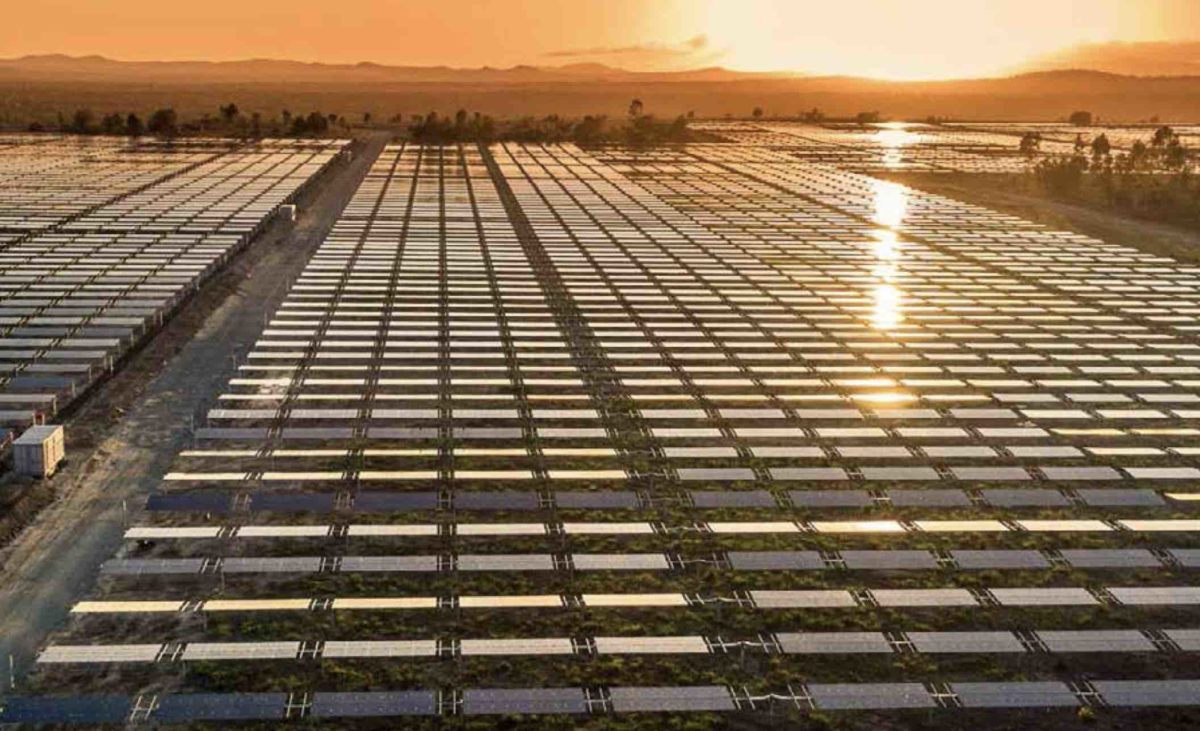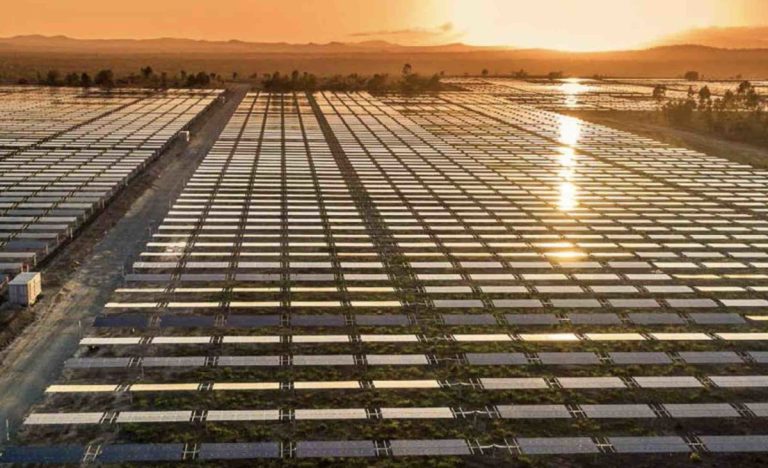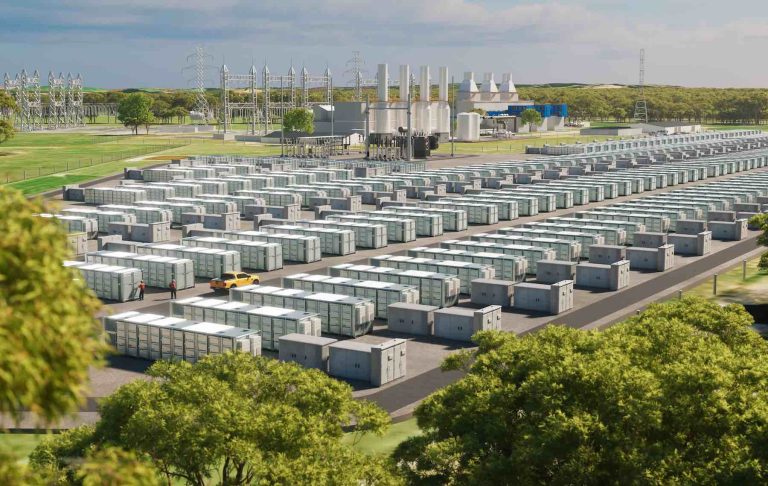Sun Cable: Plibersek Approves World’s Largest Solar Project
Federal Environment Minister Tanya Plibersek has given the green light for the initial phase of what is set to become the largest renewable energy and storage initiative globally, known as the Sun Cable Australia-Power Link.
The approval encompasses an 800 km transmission line connecting Darwin to a pastoral property near Elliott in the Northern Territory. This infrastructure will facilitate the construction of up to 10 gigawatts of solar power and battery storage, capable of delivering 4 gigawatts of continuous green energy.
Expanding Green Energy Reach
Additionally, the approval includes plans for a subsea cable extending to the Australian waters’ limit. This sets the stage for the project’s second phase, aiming to export affordable wind and solar energy to Singapore and other countries, potentially generating up to 6 gigawatts of sustainable power.
Project Evolution
The brainchild of software tycoon Mike Cannon-Brookes, the Sun Cable project has undergone significant transformations. Originally conceived to develop 20 gigawatts of solar power and 42 gigawatt-hours of battery storage for Singapore via a 4,200 km subsea cable, the project’s focus has shifted.
Following disagreements with fellow green advocate Andrew Forrest and the involvement of Quinbrook Infrastructure, the project’s scope now includes a balanced mix of solar and wind energy. This revised plan anticipates around 12 gigawatts of each technology, reducing the need for extensive battery storage due to wind power’s evening production.
Staged Development
The project is now structured into distinct phases, with the initial phase concentrating on supplying emerging green industries around Darwin, particularly in the Middle Harbour precinct. Federal approvals pertain to this first stage, which will initially provide 900 megawatts of continuous power to Darwin, scaling up to 4 gigawatts.
The long-term vision involves supplying an additional 1.7 gigawatts of continuous power to Singapore through the subsea cable. Final project specifications will be determined following further wind resource assessments and market analysis, subject to additional environmental clearances.
Plibersek emphasised the transformative impact of the project on the Northern Territory, foreseeing the emergence of a green manufacturing sector in Darwin and the potential export of renewable solar energy to Singapore. She hailed the project as a monumental infrastructure endeavour, positioning Australia as a global leader in sustainable energy.
The minister criticised Opposition leader Peter Dutton’s nuclear proposal, highlighting the cost-effectiveness and private funding of solar energy compared to nuclear alternatives. She underscored the uncertainties surrounding Dutton’s nuclear plan, citing its sluggish pace and high financial risks.
The approval is accompanied by stringent safeguards to preserve the environment, including measures to safeguard key species like the Greater Bilby and critical habitats. This milestone follows the NT Environmental Protection Authority’s recent environmental clearance for up to 10 gigawatts of solar power and storage, along with associated infrastructure.
Sun Cable’s CEO, Cameron Garnsworthy, expressed confidence in the project’s environmental stewardship and outlined plans to progress towards a Final Investment Decision by 2027. Electricity generation is anticipated to commence in the 2030s, marking a significant step towards decarbonising the planet.






